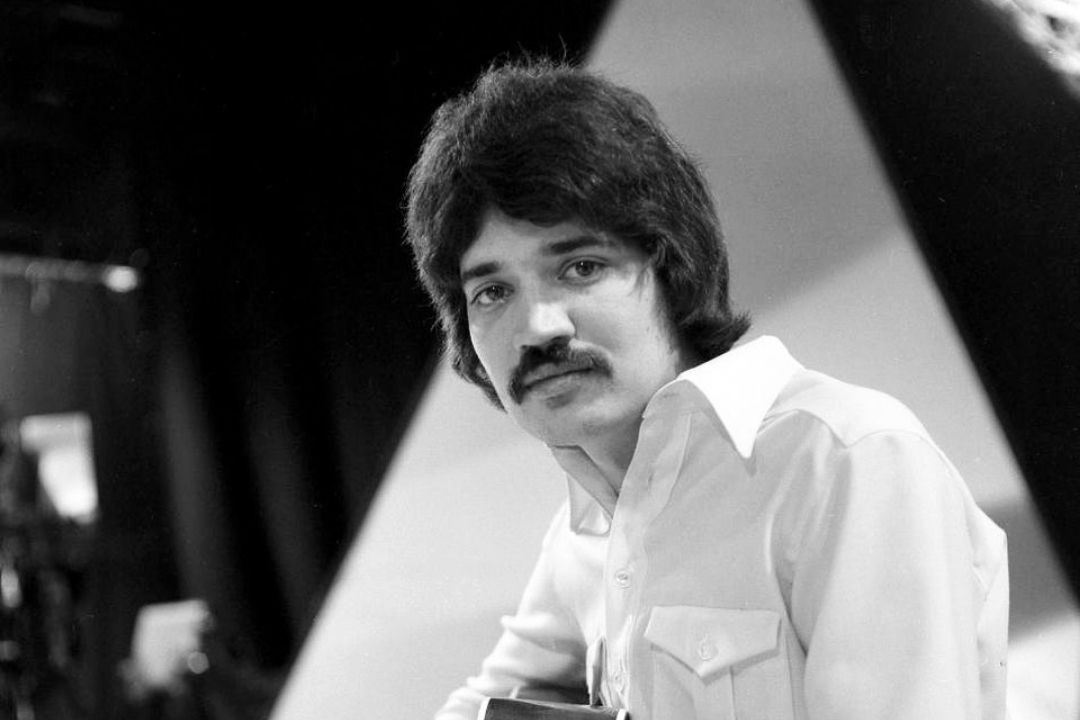About the song
Peter Sarstedt – “Where Do You Go To (My Lovely)”
A Poetic Portrait of Elegance, Alienation, and Longing
Released in 1969, “Where Do You Go To (My Lovely)” by Peter Sarstedt is a deeply evocative and unique song that quickly became a standout hit of its era. Unlike many pop songs of the late 1960s that leaned toward rock experimentation or psychedelic sounds, Sarstedt’s song is an intimate, storytelling ballad infused with a European flair. With its waltz rhythm, acoustic guitar accompaniment, and poetic lyrics, the track remains an enduring piece of sophisticated songwriting that examines identity, transformation, and the emotional distance created by fame and privilege.
Background and Success
Peter Sarstedt, a British singer-songwriter of Anglo-Indian descent, emerged from the same generation as artists like Cat Stevens and Donovan. “Where Do You Go To (My Lovely)” was Sarstedt’s most commercially successful and critically acclaimed song. It was included on his debut self-titled album and released as a single in January 1969.
The song was a major hit across Europe, reaching #1 on the UK Singles Chart, where it stayed for four weeks, and also topped charts in Ireland, Norway, and other countries. In 1970, it won the Ivor Novello Award for Best Song Musically and Lyrically, cementing its legacy as a masterful piece of songwriting. While Sarstedt never again matched the same level of chart success, this one song secured his place in music history.
Lyrics and Storytelling
The song is a narrative ballad, written in the form of a direct address to a fictional woman named Marie-Claire, who has risen from a humble background to become part of the European elite. The lyrics are filled with vivid imagery and references to high fashion, art, and sophistication. Lines mention figures like Marlene Dietrich, Zizi Jeanmaire, and locations such as the Boulevard Saint-Michel in Paris. These cultural touchpoints paint a picture of Marie-Claire as a glamorous socialite immersed in the lifestyle of Europe’s upper crust.
“You talk like Marlene Dietrich
And you dance like Zizi Jeanmaire…”
However, beneath the façade of elegance lies a tone of subtle melancholy. The narrator seems to know Marie-Claire intimately from her childhood—“in the back streets of Naples”—and suggests that, despite her social transformation, she may not have found genuine happiness or love.
“But where do you go to my lovely,
When you’re alone in your bed?
Tell me the thoughts that surround you,
I want to look inside your head…”
These repeated lines serve as the emotional core of the song. The speaker isn’t merely criticizing or admiring Marie-Claire—he is pleading to understand the person behind the glamorous image. This yearning for emotional truth gives the song its haunting beauty.
Musical Style
Musically, the song is simple but effective. It is performed in a gentle waltz tempo (3/4 time) with a consistent acoustic guitar pattern and light accordion, giving it a continental European feel. Sarstedt’s voice is warm and conversational, enhancing the intimacy of the storytelling.
The production does not rely on elaborate instrumentation or effects. Instead, its strength lies in its lyrical richness and melodic restraint, allowing listeners to be drawn into the world of the song through words rather than overwhelming sonics.
Themes and Interpretation
“Where Do You Go To (My Lovely)” explores several themes:
Class mobility and the emotional costs of transformation
The contrast between appearance and inner reality
Nostalgia and loss of innocence
Yearning for emotional connection
While Marie-Claire is a fictional character, many listeners have speculated that she may have been inspired by real-life figures like Sophia Loren, who had a rags-to-riches story. Sarstedt, however, claimed that the character was based on a composite of people and ideas rather than one specific person.
The song’s enduring mystery lies in its central question: Can we ever truly escape our past? And does glamour bring fulfillment, or loneliness?
Legacy
Though Peter Sarstedt continued to record and tour, none of his later songs matched the impact of “Where Do You Go To (My Lovely).” Still, the song remains beloved for its originality, lyrical detail, and European atmosphere. It has been featured in various films and television shows, including Wes Anderson’s The Darjeeling Limited (2007), which helped introduce it to a new generation of listeners.
More than 50 years after its release, the song remains a cult favorite, often praised by music historians and songwriters for its unconventional structure, literary quality, and emotional depth.
Conclusion
“Where Do You Go To (My Lovely)” is more than a pop song; it is a lyrical novella set to music. With its poetic storytelling, cultural references, and poignant emotional undercurrent, it captures a timeless human longing—to understand those we love, especially when they change, drift away, or hide behind a glamorous mask. It stands as a singular achievement in pop music, a tender and enigmatic portrait that continues to captivate listeners around the world.
